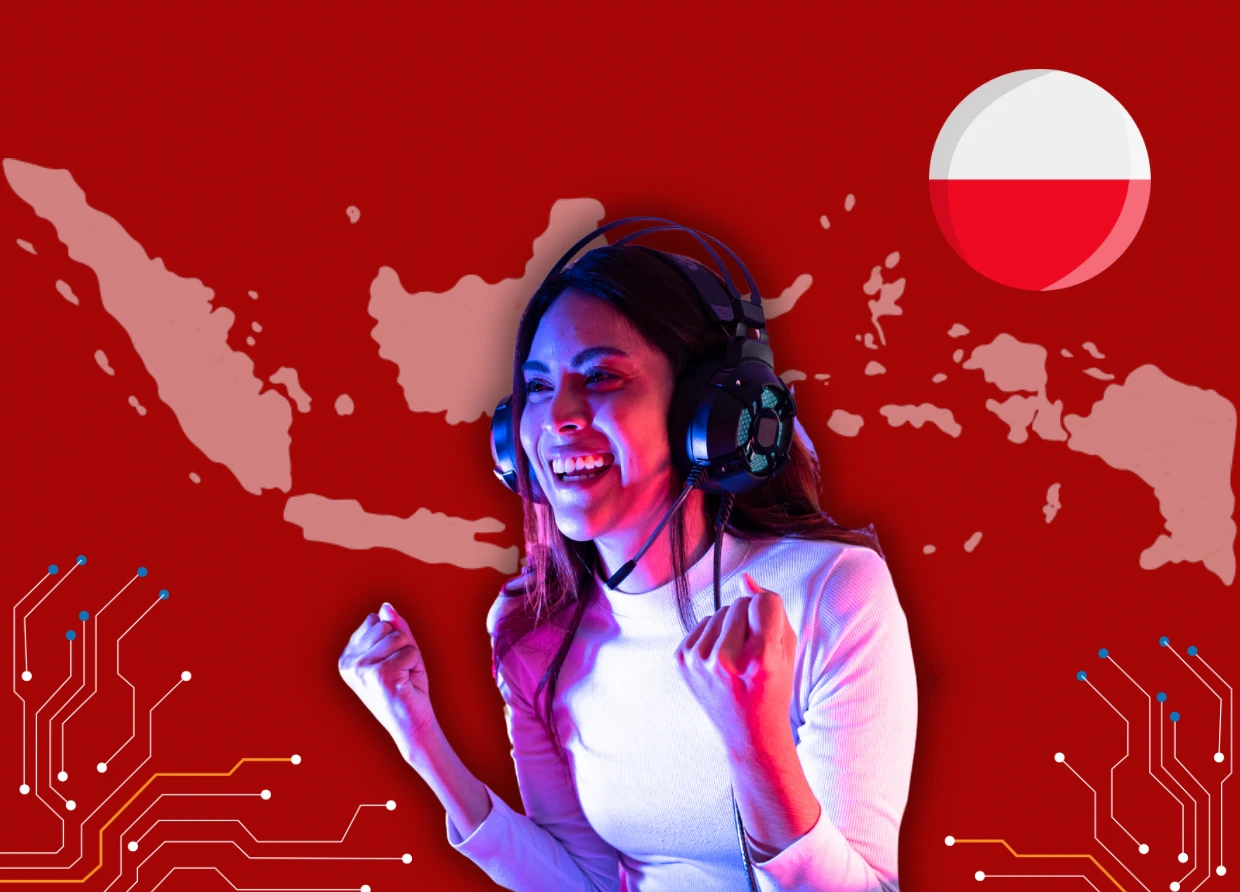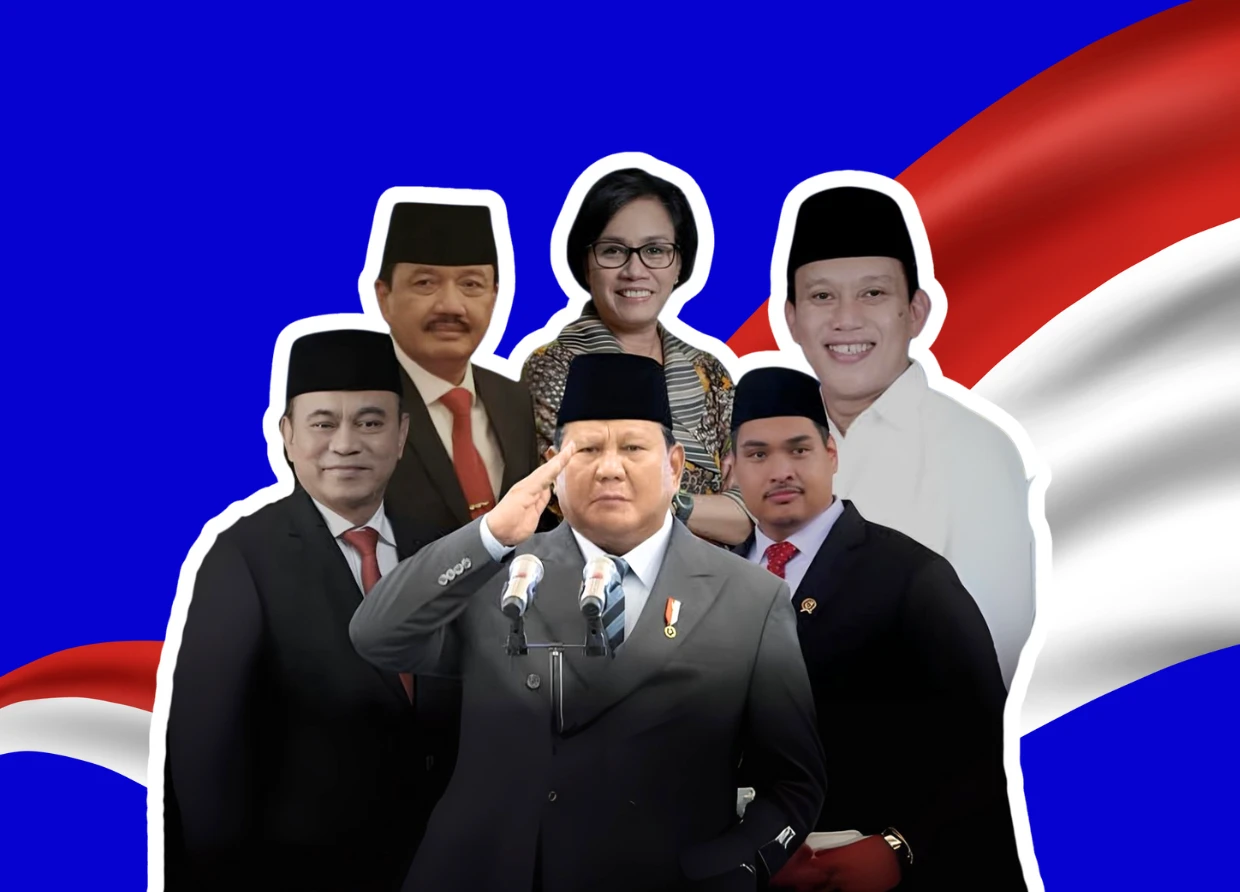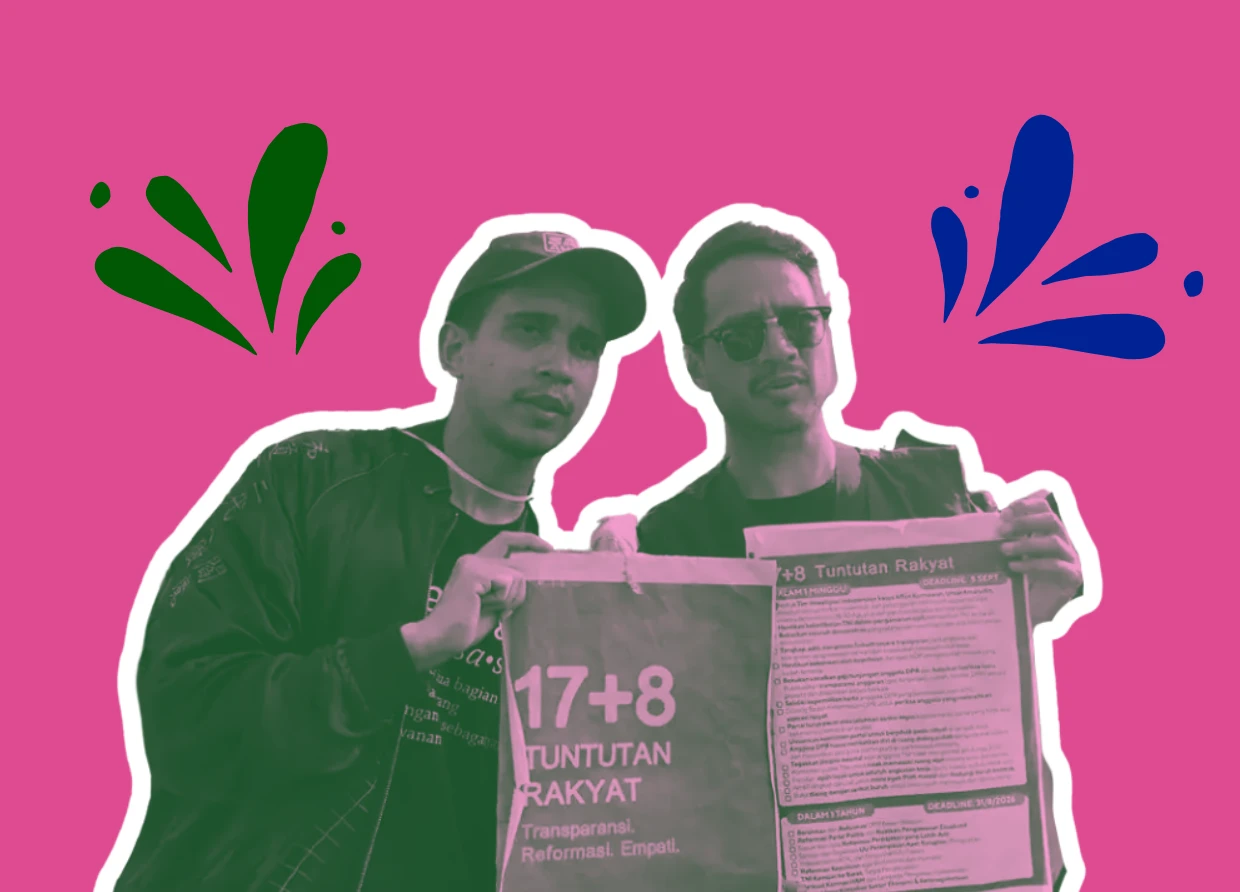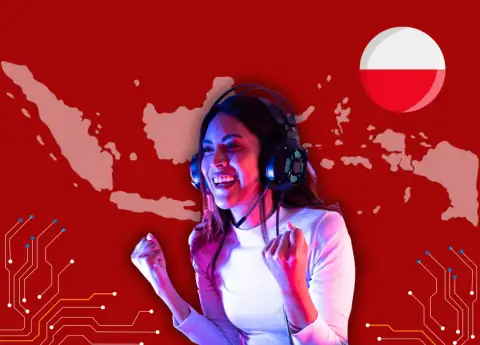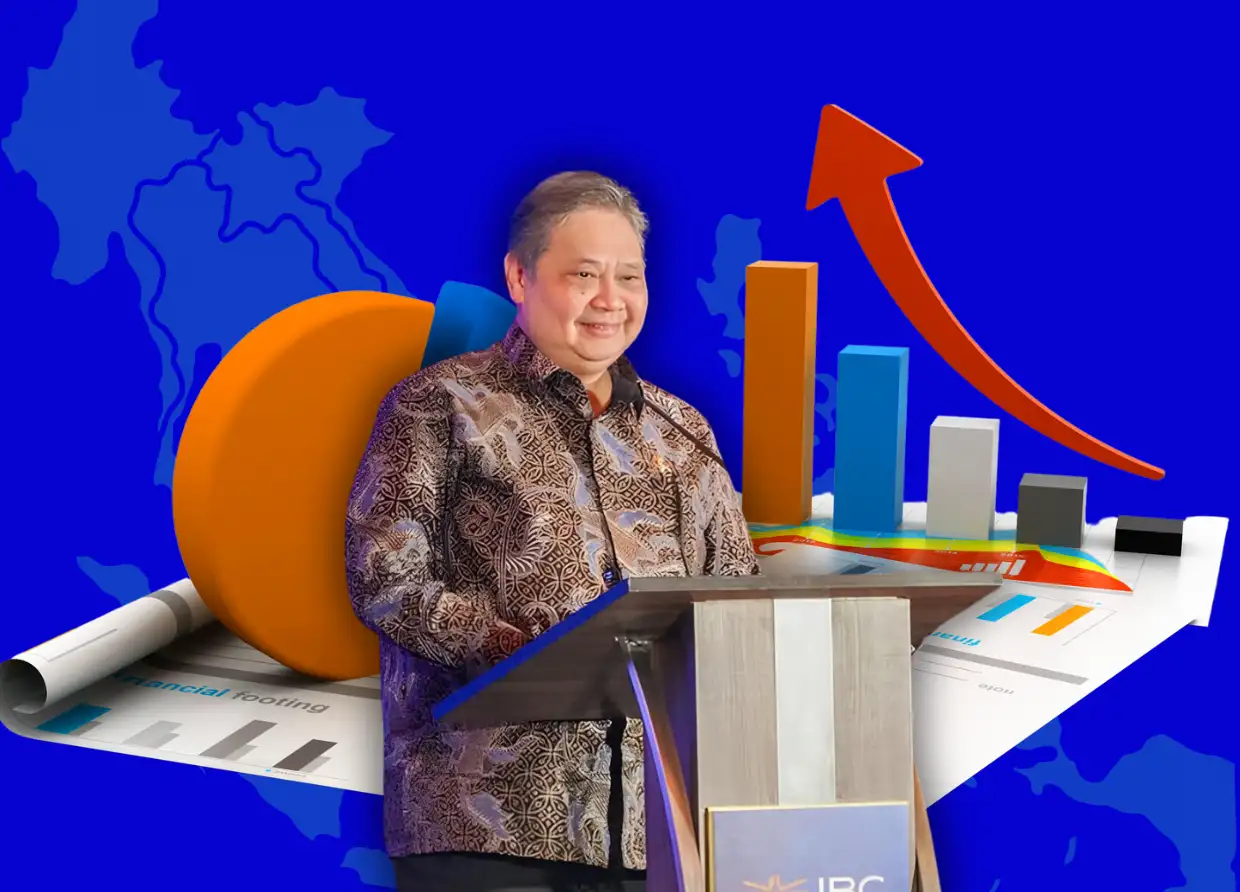HOW DID SURABAYA GET ITS NAME? FIND THE ANSWER HERE!
Read the history of Surabaya here.

Surabaya was founded some time towards the end of the thirteenth century. The name is a combination of the words for "shark" and "crocodile", and comes from a legendary battle between the two to establish which was the strongest animal. The statues and depictions of the battle litter the city.
The founding of the city roughly coincides with the expulsion of Mongul-Chinese invaders and the rise of the Hindu Majapahit Empire, which ruled the area for around 200 years. After the fall of Majapahit, Surabaya became a sultanate in its own right and spent the next 200 years fighting off the Islamic Mataram, Madura, and the Dutch.
The city ultimately fell to Mataram early in the seventeenth century in one of the most bloody battles in Java's history. Mataram weakened over the next 100 years and was ultimately subsumed by the Dutch East Indies Company. The Dutch turned Surabaya into a major trading port and even then based most its navy there.
View this post on Instagram
The city was captured by the Japanese during World War II. Indonesian nationalists forced out the Japanese in 1944. However, the Dutch and their western allies returned in 1945 and tried to re-exert their control over the city. It was the raising of the Dutch flag over what is now the Hotel Majapahit in 1945 that sparked off a series of events that led to the "Battle of Surabaya" and ultimately Indonesian independence on 17 August 1949.
The battle itself was preceded by a series of what today would be called terrorist events that culminated in a car bombing that killed the British Brigadier General Mallaby at the Jembatan Merah, or Red Bridge as it's known in English. Today, the decidedly un-photogenic Red Bridge is a standard stop on tours of the city.
Surabaya became the commercial center in East Java
Surabaya’s port, Tanjungperak, lies just north of the city and next to Ujung, Indonesia’s main naval station. Of Indonesian cities, Surabaya is surpassed in size only by Jakarta and has remained the chief commercial centre of eastern Java. From its port is shipped the bulk of Java’s chief agricultural products, including sugar, as well as coffee, tobacco, teak, cassava, rubber, spices, vegetable oils, and petroleum products.
The city also has a large fishing fleet. The city’s industries include shipbuilding and ship-repair yards, locomotive workshops, and the manufacture of textiles, glass, chemicals, beer, cigarettes, and shoes. A suburb has a petroleum refinery. The surrounding area is a flat, rich agricultural region.
View this post on Instagram
Surabaya is linked by rail and road to the eastern and western coasts of Java and is thus in communication with the other chief cities of the island. It also has major shipping communications with the chief ports of the Indo-Pacific region because it lies along the main sea route from Singapore and Jakarta to the Pacific and eastern Asia. There is an international airport at Tanjungperak.
Notable sites in the city of Surabaya include the large Al-Akbar mosque (1868); Airlangga University (1954), with undergraduate and graduate programs in law, medicine, economics, technology, social and political sciences, and other fields; the Tenth of November Institute of Technology (1960), which also offers programs in various fields through the doctoral level; a naval college; and the old Dutch colonial Fort Prins Hendrik (1837). Pop. (2010) 2,765,487.
Now you know more about Surabaya, which is only about ‘shark’ and ‘crocodile’, right?
#THE S MEDIA #Media Milenial #origin name of surabaya

